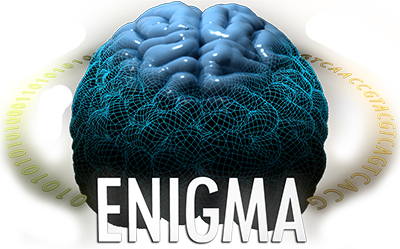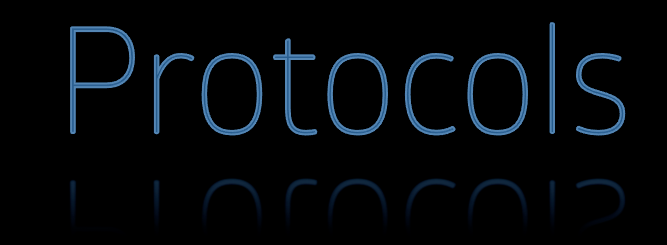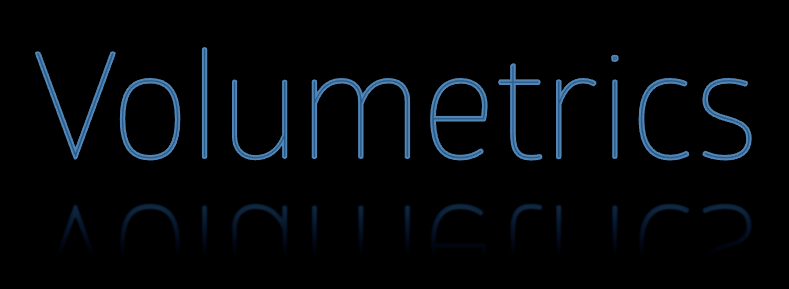About ENIGMA-Epilepsy | Secondary Projects | Protocols | Raw Data Analysis: locipipe | Members Page | Join ENIGMA-Epilepsy
There are two ongoing ENIGMA-Epilepsy projects: (i) ENIGMA-Epilepsy VOLUMETRICS and (ii) ENIGMA-Epilepsy DTI. Image processing protocols for each project can be found below.
- Step 1: Subcortical volume extraction and visual inspection
- Step 2: Cortical volume extraction
- Step 3: Steps for Quality Checking of Cortical Volume Outputs
- Step 4: Get population summary statistics of the cortical traits and related histograms
- Step 5: Formatting covariate files
- Step 1: Preprocessing
- Step 2: Skeletonization (start here if you have already preprocessed your data)
- Step 3: Check FA registrations and make sure skeletons are correct
- Step 4: ROI extraction from FA images
*For a comprehensive overview of the ENIGMA DTI protocol, please refer to this helpful guide compiled by Dr. Neda Jahanshad: https://enigma.ini.usc.edu/protocols/dti-protocols/
ENIGMA Cerebellum Volumetrics Pipeline
- These protocols allow for automated segmentation of the cerebellum into 28 anatomical labels, and the option of cerebellum-optimised voxel-based morphometry, alongside QC scripts and instructions. Developed by the ENIGMA-Ataxia working group, in collaboration with Johns Hopkins University (ACAPULCO segmentation pipeline), Western University (SUIT VBM pipeline), and the ENIGMA-OCD working group (QC scripts).
- Click here to access and download the ENIGMA-Cerebellum protocol, manual & QC guide.
- Development and support: Rebecca Kerestes, Ian Harding, Shuo Han, Srinivas Balachander
ENIGMA Toolbox
- A Python/Matlab ecosystem for (i) accessing 100+ ENIGMA datasets, facilitating cross-disorder analysis, (ii) visualizing data on brain surfaces, and (iii) contextualizing findings at the microscale (postmortem cytoarchitecture and gene expression) and macroscale (structural and functional connectomes). The ENIGMA Toolbox equips scientists with tutorials to explore molecular, histological, and network correlates of noninvasive neuroimaging markers of brain disorders. Moreover, the ENIGMA Toolbox bridges the gap between standardized data processing protocols and analytic workflows and facilitates cross-consortia initiatives.
- Documentation and openly available code: http://enigma-toolbox.readthedocs.io.
- Developed by Sara Larivière & Boris Bernhardt (MICA Lab - Montreal Neurological Institute).






